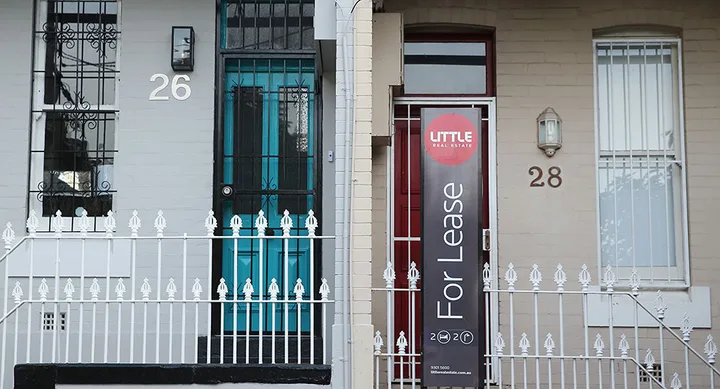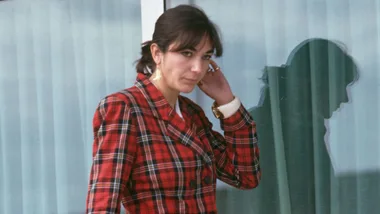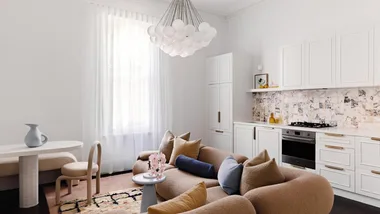Single women earning the average weekly wage in Melbourne and Sydney are being locked out of inner city suburbs and even many outer suburbs according to wage and housing market analysis.
The Council To Homeless Persons released an analysis of Melbourne’s rental market showing that one-bedroom apartments are affordable to single women in only one in four Melbourne suburbs today, compared to one in two back in 2007.
This data is based off the average working wage of a single woman, $882 per week (ABS 2016). Housing prices are judged as being ‘affordable’ if they did not have to spend more than 30% of weekly income on rent, which would add up to $265 or less.
While the average weekly salary of single working women has increased over the past decade, with the average female wage in Victoria being $590 in 2005, the number of affordable suburbs available to them of 106 Melbourne suburbs has decreased – from 62 suburbs in 2005 to 28 in 2016.
The Guardian reports that the problem is not as serious for single men, whose average weekly wage is much higher. The average weekly wage for single men in Victoria is $1,306, which would allow affordable rent to reach $390 per week.
The Guardian Australia also did a similar analysis of Sydney’s housing market, and found that a single woman earning the average weekly wage of $973 would not even be able to afford a one-bedroom place in one of Sydney’s outer suburbs (such as the Blue Mountains and Gosford).
Men on the other hand, on an average weekly wage of $1420, could afford one-bedroom apartments in slightly closer suburbs (such as Manly and Parramatta).
RELATED: This Australian City Is On The Verge Of Providing Free Sanitary Items For Women
Council to Homeless Persons CEO Jenny Smith expressed concerns that the disparity between weekly earnings and housing prices was leaving many women homeless. While many women have opted to save money by sharing a house with more people in one of the more inner suburbs, this becomes a much more difficult solution for single women trying to raise children, or when a sudden crisis hits, such as losing your job.
“That’s why we’ve seen a boom in rooming houses, people living in caravan parks, women sleeping in cars and couch surfing. If it’s this hard for a woman on the average working wage to find somewhere affordable to live, imagine how hard it is if you’ve fallen on hard times,“ Smith said.
“The affordable housing crisis and homelessness are two sides of the same coin. We can’t solve homelessness without increasing the supply of affordable housing.”










